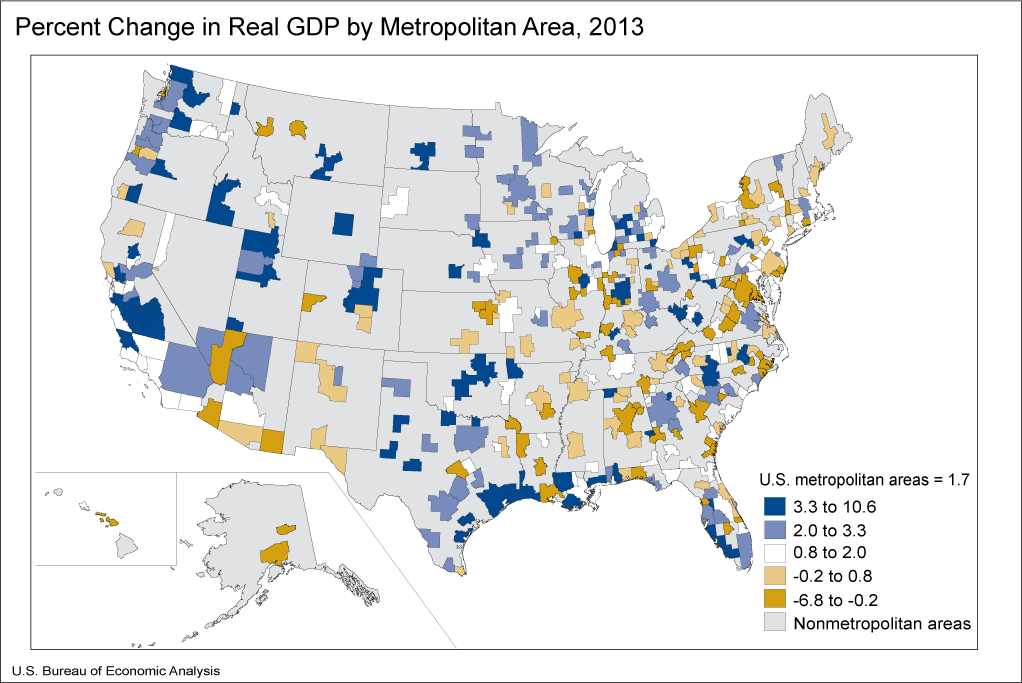Intermarket analysis (Tue Oct 23 2012)
Post on: 28 Май, 2015 No Comment

This article written by David Pieper was originally published in the October 2012 issue of Traders’ Magazine.
- David Pieper has been busy studying the stock market since the late 90s. As early as during his business studies at university and later during a career as an investment analyst at a bank, he combined fundamental analysis with the benefits of technical analysis. Mr Pieper focuses on trading CFDs and works as a freelance writer in the field of technical analysis.
Intermarket analysis is an addition to technical analysis, which gained significant popularity based on John Murphys publications in the beginning of the 1990s. The core of this form of analysis is the examination of the relationships between different asset classes. Market participants can use the combination of signals in the bond-, commodities- and stock markets to recognise which part of the economic cycle the market is in and which asset categories should be over- or underweighted. Above all, Intermarket analysis helps to achieve a better overall understanding of the financial markets in general. Our cover story shows how the intermarket principle works and how these traditional relationships have changed over the years.
While economists analyse multiple statistics to define the direction of the economy and accordingly of financial markets, technical analysts examine the markets themselves. They try to identify trends and patterns and deduce prognoses for the future. Intermarket analysis takes this a step further and pursues the following principles:
- All markets (stocks, bonds, commodities, forex) are correlated.
- No market moves in isolation from the others.
- The analysis of one market should involve all others.
The analyst using an intermarket approach looks beyond his own nose and combines technical analysis with the economic cycle. The charts reflect the mutual influence between stocks, bonds, commodities and the dollar index. In the following we see a simple overview of the four most important intermarket relationships which John Murphy introduced in 1990:
- A positive correlation between bond prices and stocks
- An inverse correlation between commodities and bond prices
- A positive correlation between stocks and commodities
- An inverse correlation between the US-dollar and commodities














